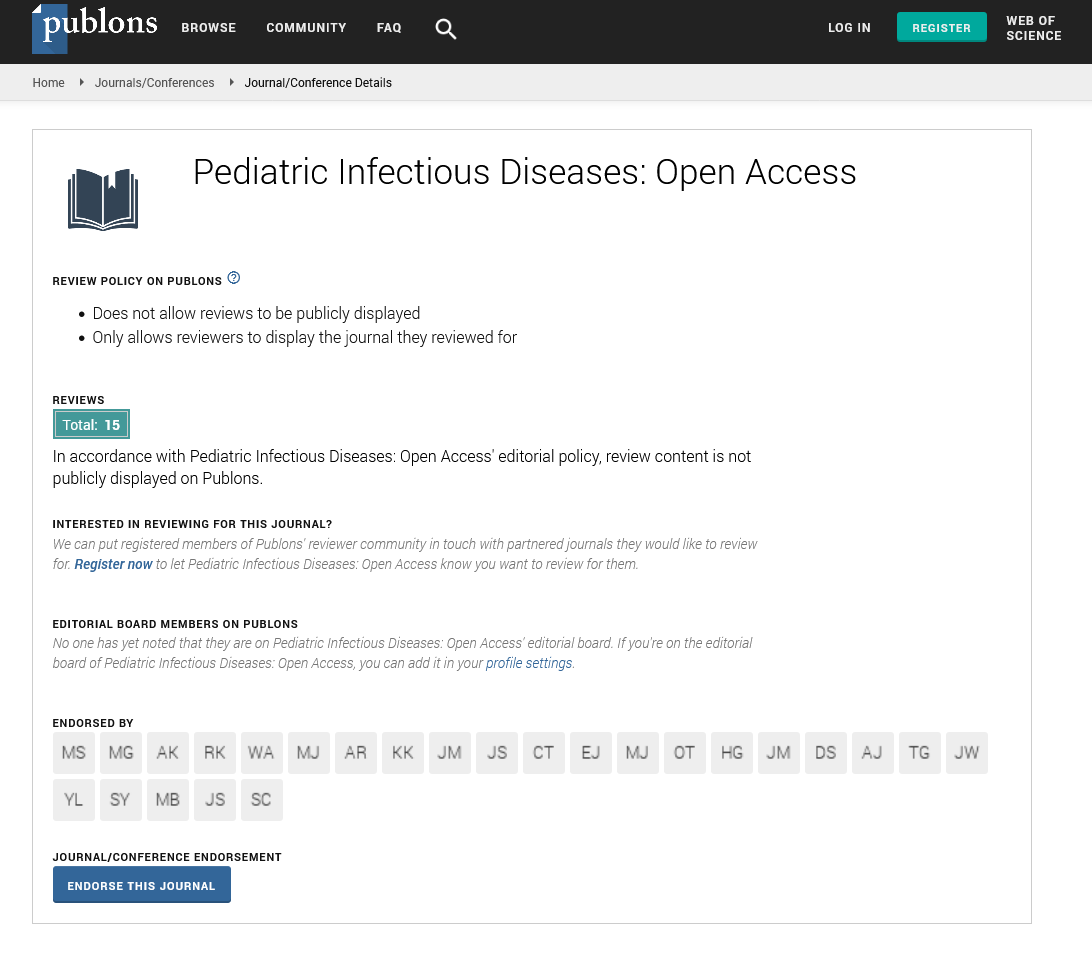Abstract
World Health Organization in the African Region: Picking the Gauntlet in the Fight against Poliomyelitis in the African Region
This paper reviews the status of polio eradication in the African Region. The fight against the scourge of poliomyelitis in the African Region continues with greater focus and determination on the part of the WHO African Region, its partners and governments despite the report of new cases at the point the Region was set to celebrate victory. The discovery of four new cases in July 2016 in previously insecure areas of Borno State, Nigeria, 24 months after the last case, increased the zeal to press on. By June 2017, almost 10 months passed since the latest case of wild polio virus reported in Nigeria on 21 August 2016; and 8 months since the latest circulating vaccine derived poliovirus type 2 (cVDPV2) in Nigeria. The search for polioviruses in humans (acute flaccid paralysis surveillance) and in environmental samples is being intensified. The Region has also remained on track with the different objectives of the global Polio Eradication and Endgame Strategic Plan 2013-2018. All 47 countries switched from trivalent Oral Polio Vaccine (tOPV) to bivalent Oral Polio Vaccine (bOPV) between April 17 and May 01, 2016. Thirtyfour countries introduced inactivated polio vaccine (IPV) in their routine immunization programmes. In 2016, all countries in the Region conducted phase 1 containment and documentation of polioviruses destruction in their laboratories and the African Region Commission for Certification (ARCC) of Poliovirus Eradication had accepted documentation of polio-free status from 38 out of 47 countries. The African region also documented and published best practices of polio eradication in peerreviewed journals, so that the lessons learnt from polio could benefit other public health interventions in the Region. However, governments and partners should remain committed and deploy critical resources for intensifying surveillance, prompt response to detected viruses and strengthening of immunization systems to finish the fight.
Author(s):
Joseph Chukwudi Okeibunor
Abstract | Full-Text | PDF
Share this

Google scholar citation report
Citations : 230
Pediatric Infectious Diseases: Open Access received 230 citations as per google scholar report
Pediatric Infectious Diseases: Open Access peer review process verified at publons
Abstracted/Indexed in
- Google Scholar
- China National Knowledge Infrastructure (CNKI)
- Cosmos IF
- Secret Search Engine Labs
Open Access Journals
- Aquaculture & Veterinary Science
- Chemistry & Chemical Sciences
- Clinical Sciences
- Engineering
- General Science
- Genetics & Molecular Biology
- Health Care & Nursing
- Immunology & Microbiology
- Materials Science
- Mathematics & Physics
- Medical Sciences
- Neurology & Psychiatry
- Oncology & Cancer Science
- Pharmaceutical Sciences


